How French Art History Shaped Modern Sketchbook Culture
France has long been a crucible of artistic innovation, from the grandeur of the Renaissance to the radical brushstrokes of Impressionism. But beyond the gallery walls and museum halls, French art history has deeply influenced the way artists use sketchbooks—not just as tools for practice, but as vessels of exploration, storytelling, and personal expression. In this post, we’ll explore how centuries of French artistic tradition have shaped modern sketchbook culture, and why today’s artists still look to France for inspiration.

credit: FREDDYPITTS
The Sketchbook as a French Legacy
Sketchbooks have existed for centuries, but their evolution into a personal, portable studio owes much to French artists. During the 18th and 19th centuries, sketching became a vital part of academic training in France. Students at the École des Beaux-Arts were required to fill sketchbooks with anatomical studies, architectural renderings, and compositional drafts.
By the time of the Impressionists, sketchbooks had transformed into something more intimate. Artists like Claude Monet and Edgar Degas used them not just for planning, but for capturing fleeting moments—light on water, movement in crowds, the curve of a dancer’s arm. This shift from rigid study to expressive spontaneity laid the groundwork for how sketchbooks are used today.
French Movements That Changed the Sketchbook
Impressionism and the Rise of Plein Air Sketching
The Impressionists revolutionized the sketchbook by taking it outdoors. Plein air sketching—drawing directly from nature—became a hallmark of French art in the late 19th century. Artists like Pierre-Auguste Renoir and Camille Pissarro carried sketchbooks into the countryside, capturing the changing light and atmosphere with quick, gestural marks.
This practice encouraged immediacy and looseness, qualities that are now central to modern sketchbook culture. Today’s urban sketchers and travel artists owe much to this French tradition of drawing life as it unfolds.
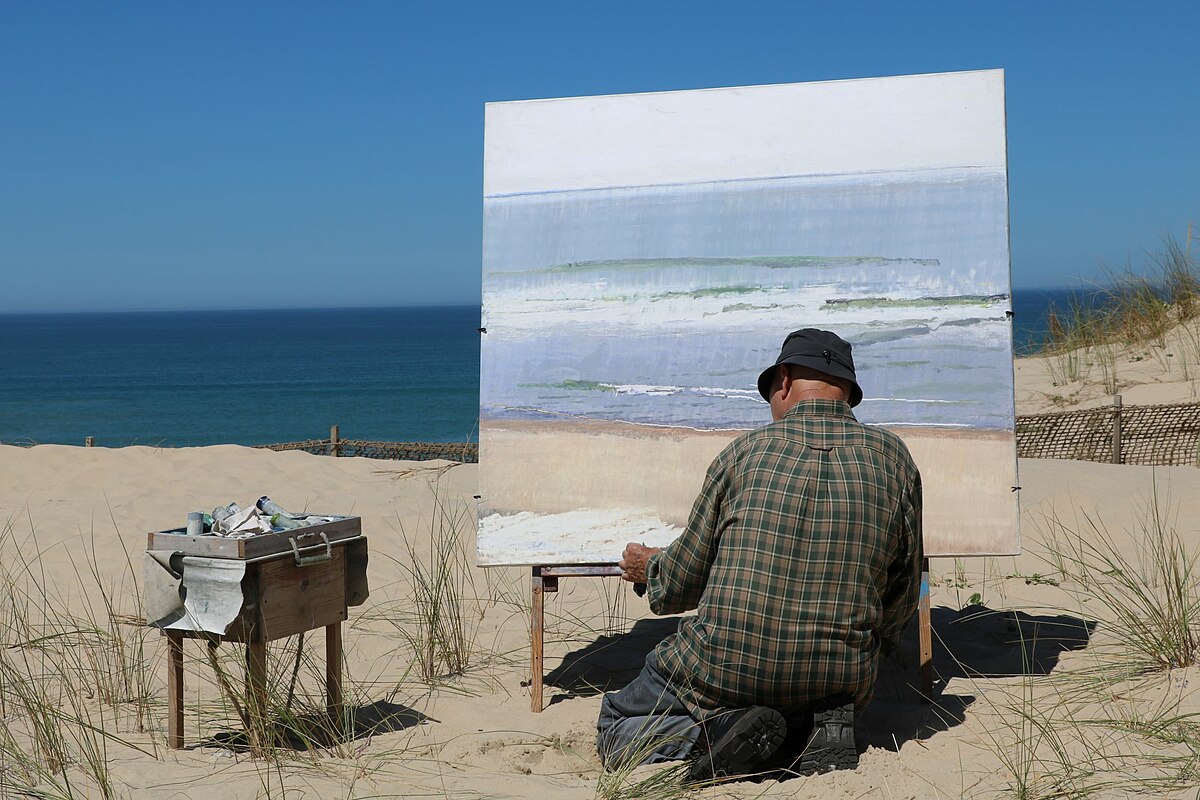
The Barbizon School and Rural Romanticism
Before the Impressionists, the Barbizon School laid the foundation for landscape sketching. These mid-19th-century artists, including Jean-François Millet and Théodore Rousseau, retreated to the forests of Fontainebleau to sketch rural scenes. Their sketchbooks were filled with studies of trees, peasants, and pastoral life—often rendered in graphite, charcoal, or sepia ink.
This romantic approach to nature still resonates with artists who use sketchbooks to connect with the land, document their surroundings, or explore environmental themes.
Sketchbooks.org | VISUAL RESEARCH HUB
French Artist Examples
Visual research is critical for any creative endeavor. We have compiled specialized links to lead you directly to images, videos, and inspiration for "French Artist Examples" across the web's best visual search platforms.
Modernism and the Sketchbook as Experiment
In the early 20th century, French artists like Henri Matisse and Georges Braque began using sketchbooks as laboratories for visual experimentation. Cubism, Fauvism, and Surrealism all found early expression in sketchbook pages. These movements encouraged abstraction, collage, and mixed media—techniques that are now staples of contemporary sketchbook practice.
French Materials That Shaped the Medium
France isn’t just known for its artists—it’s also home to some of the world’s most beloved art supplies. These materials have played a key role in shaping how sketchbooks are used and appreciated.
- Sennelier Pastels and Inks: Used by Degas and Picasso, Sennelier’s rich pigments and buttery textures are ideal for expressive sketching.
- Arches Paper: This French-made watercolor paper has been trusted by artists since the 15th century. Its durability and texture make it perfect for sketchbooks that combine ink, watercolor, and graphite.
- Charvin Paints and French Graphite: High-quality pigments and drawing tools from France have long supported both classical and experimental sketching styles.
These materials are not just functional—they carry a legacy. Using them connects today’s artists to centuries of French craftsmanship and artistic tradition.
Sketchbooks as Cultural Diaries in France
French artists have often used sketchbooks as visual diaries. From the travel journals of Eugène Delacroix to the intimate figure studies of Toulouse-Lautrec, sketchbooks have served as a bridge between public art and private thought.
This tradition continues today. Artists visiting France often fill sketchbooks with café scenes, architectural details, and market life. The act of sketching becomes a way to engage with French culture—observing, interpreting, and preserving it through line and color.
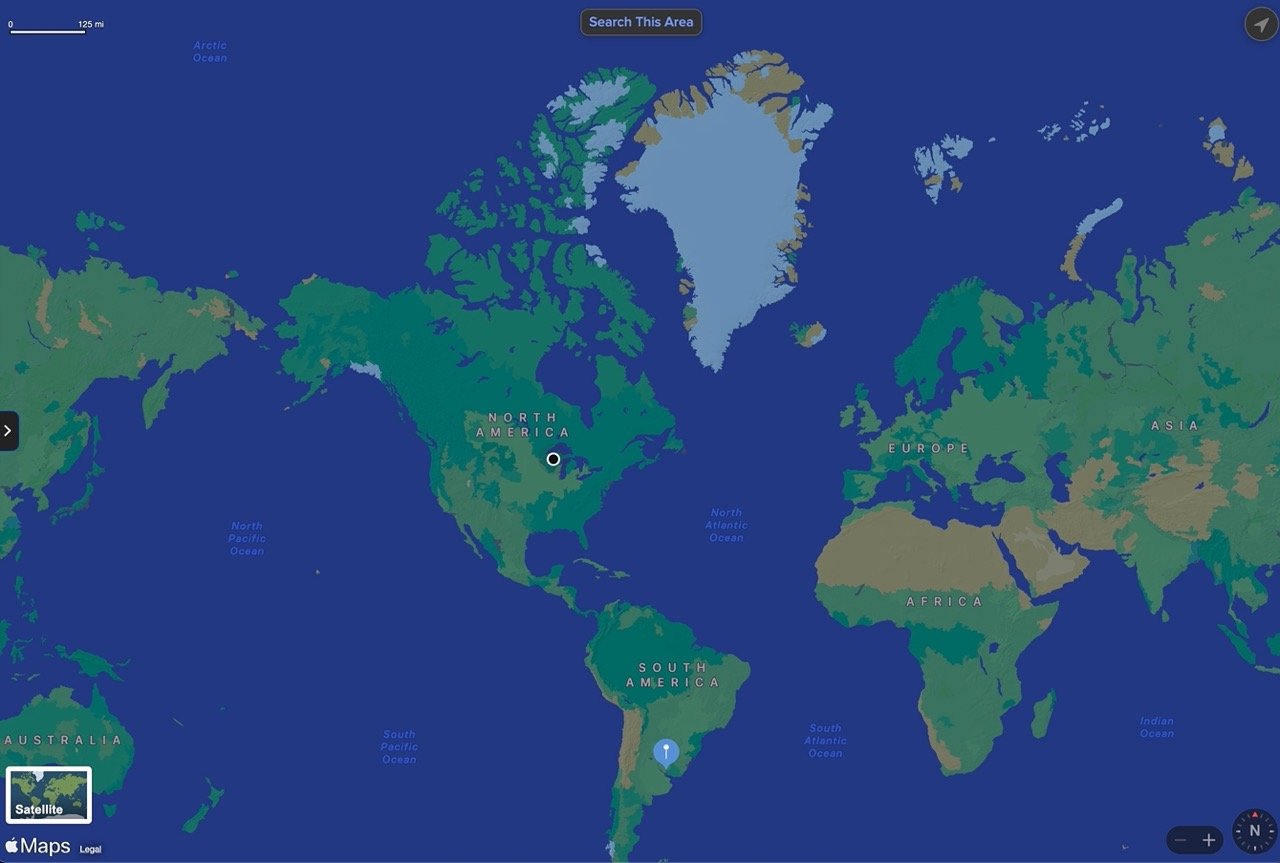
GOOGLE MAPS
France
Google Maps (and others) are essential for visualizing location-based information. Explore the area related to "France" and find points of interest nearby.
Influence on Contemporary Sketchbook Communities
Modern sketchbook culture—especially online communities like urban sketchers, travel artists, and visual journaling groups—draws heavily from French traditions. The emphasis on observation, spontaneity, and personal voice echoes the practices of French masters.
Workshops in Paris, sketching retreats in Provence, and art residencies in the Loire Valley continue to attract artists seeking to immerse themselves in this legacy. Even digital sketchbook apps often mimic the look and feel of traditional French materials and techniques.

Sketchbooks.org | SKETCHBOOK KINDS
The Importance of Sketchbooks to Engineers
Why Engineers Need Sketchbooks In the world of engineering, precision and problem-solving are key components of an engineers success. While modern digital tools play a crucial role, the humble sketchbook remains an indispensable tool for...
Frequently Asked Questions
What is the origin of sketchbooks in French art?
Sketchbooks became essential in French academic training during the 18th century and evolved into expressive tools during the Impressionist era.
How did Impressionism influence sketchbook use?
It popularized plein air sketching and encouraged artists to capture fleeting moments with spontaneity and emotion.
What materials are traditionally used in French sketchbooks?
Artists often used graphite, charcoal, sepia ink, and later, watercolor and pastel—many sourced from French brands like Sennelier and Arches.
Are French sketchbooks different from others?
While the format may be similar, French sketchbooks often emphasize craftsmanship, archival quality, and versatility for mixed media.
Why do artists still sketch in France today?
France offers rich visual inspiration, historical context, and a cultural appreciation for art that makes it ideal for sketching.
What is plein air sketching?
It’s the practice of drawing or painting outdoors, capturing natural light and scenery in real time.
How did French Modernists use sketchbooks?
They treated them as experimental spaces for abstraction, collage, and visual exploration—especially during the rise of Cubism and Surrealism.
Can sketchbooks be used as travel journals?
Absolutely. Many artists use sketchbooks to document their travels through France, combining sketches with notes and observations.
What are some iconic sketching locations in France?
Giverny, France, Montmartre, Paris, The Loire Valley, France, and the streets of Paris, France are all popular among sketchbook artists.
How has French art influenced digital sketching?
Digital tools often emulate traditional French materials and techniques, blending legacy with innovation.
Final Thoughts
The influence of French art history on modern sketchbook culture is profound and enduring. From the academic rigor of the Beaux-Arts to the expressive freedom of the Impressionists, France has shaped how artists see, record, and interpret the world. Whether you’re sketching in a Paris café or experimenting with mixed media at home, you’re part of a lineage that values observation, emotion, and the quiet power of the page.
Sketchbooks are more than tools—they’re cultural artifacts. And thanks to France’s rich artistic legacy, they continue to evolve as spaces for creativity, reflection, and connection.
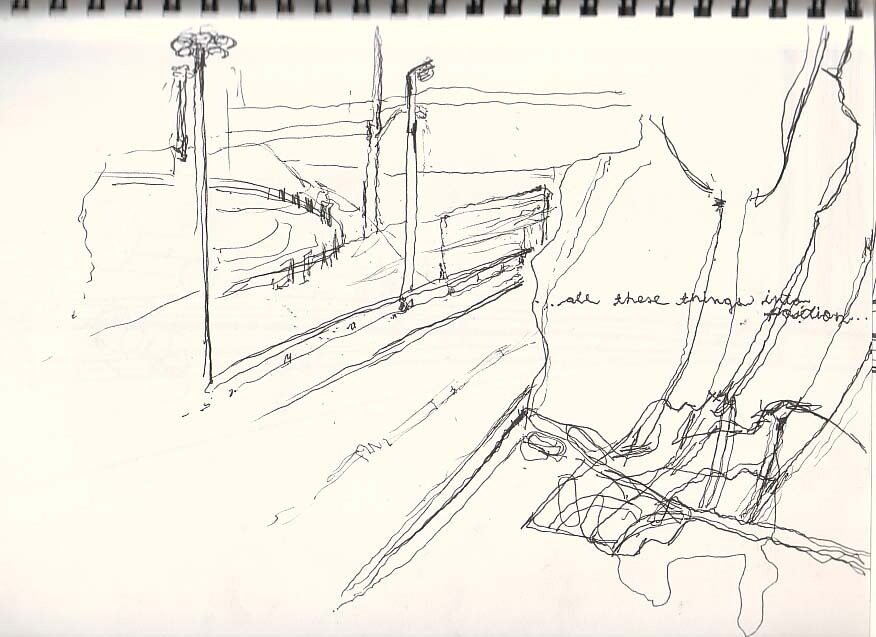
credit: DEEDOUBLEYOU
Ready to Share Your Work?
What inspires you to pick up your sketchbook most often?
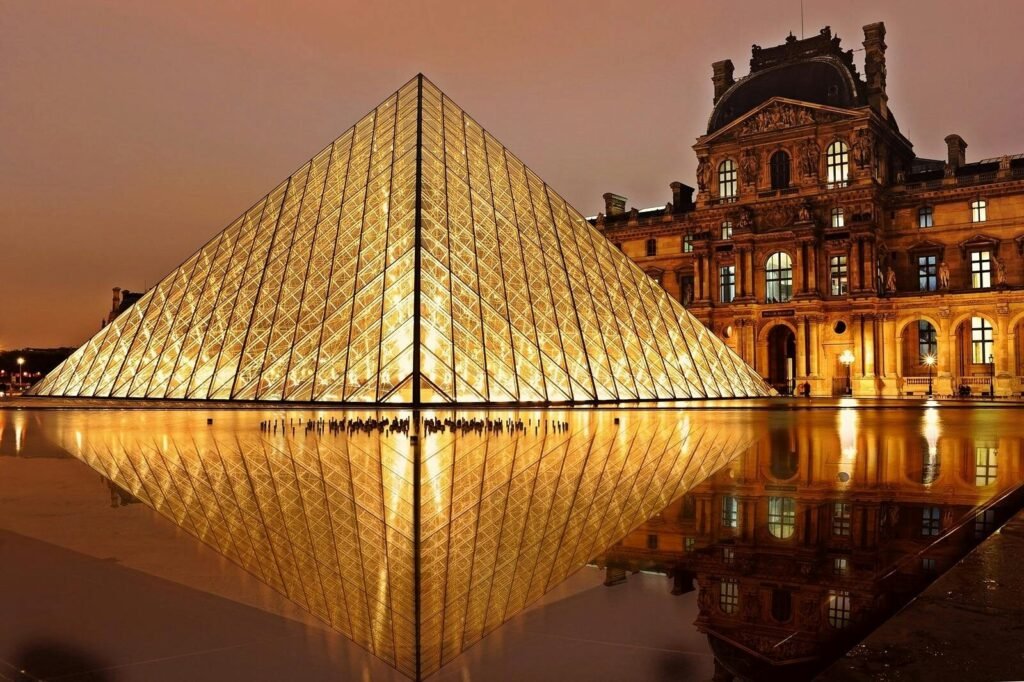

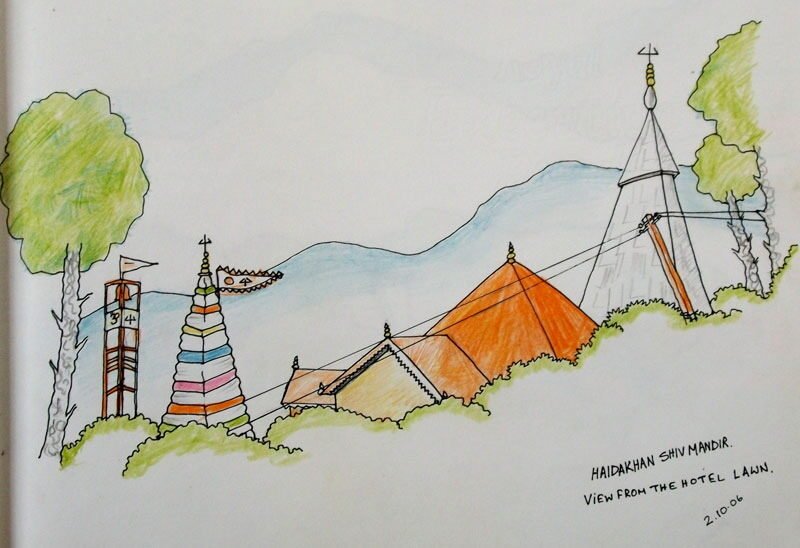
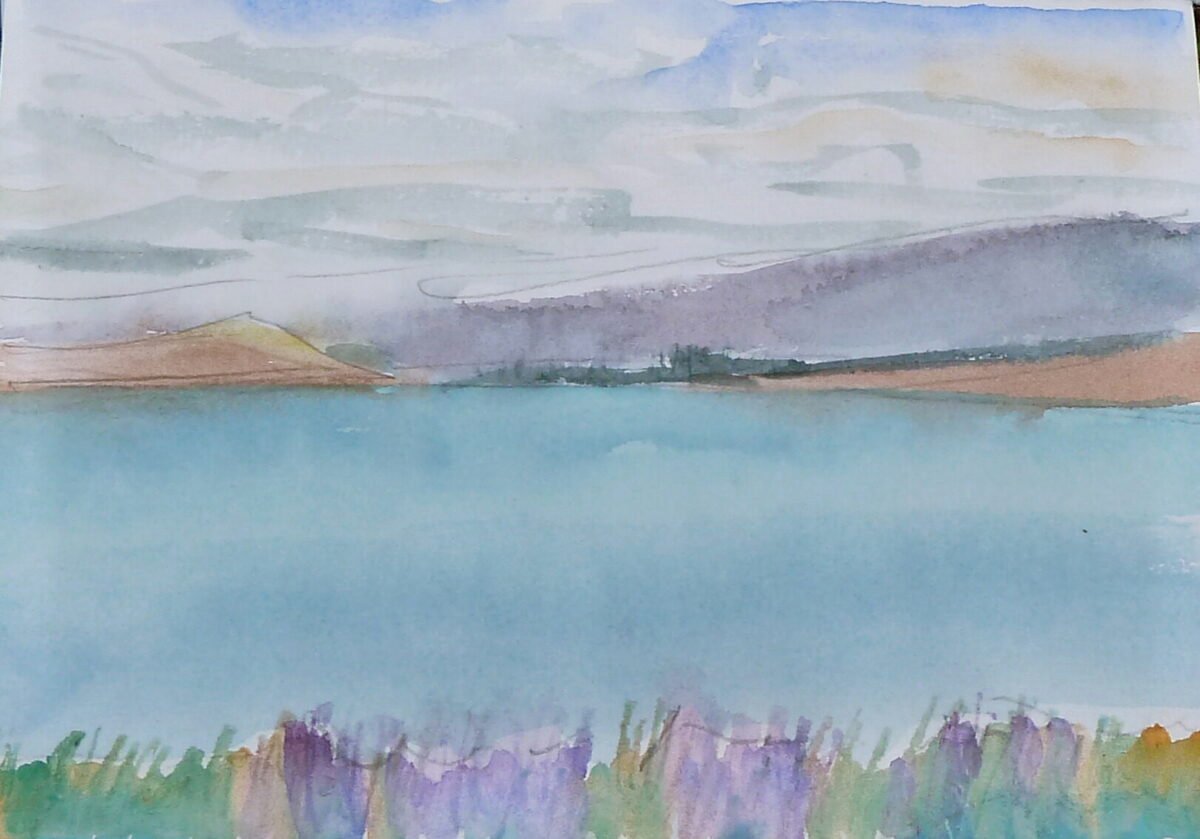
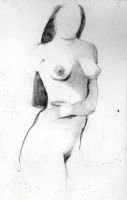
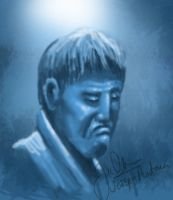

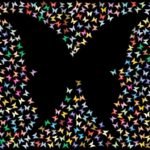
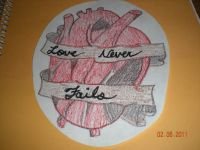
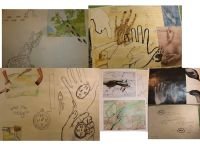

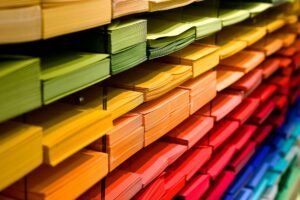

The french did sooooo much art! Wishing I was born in France.
And in the late 1800’s please
Paris!